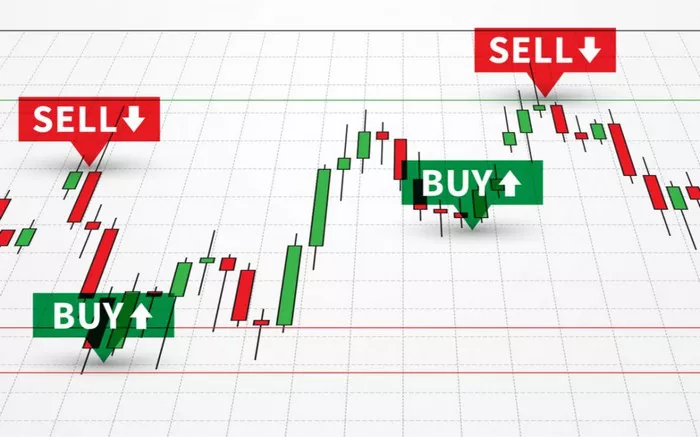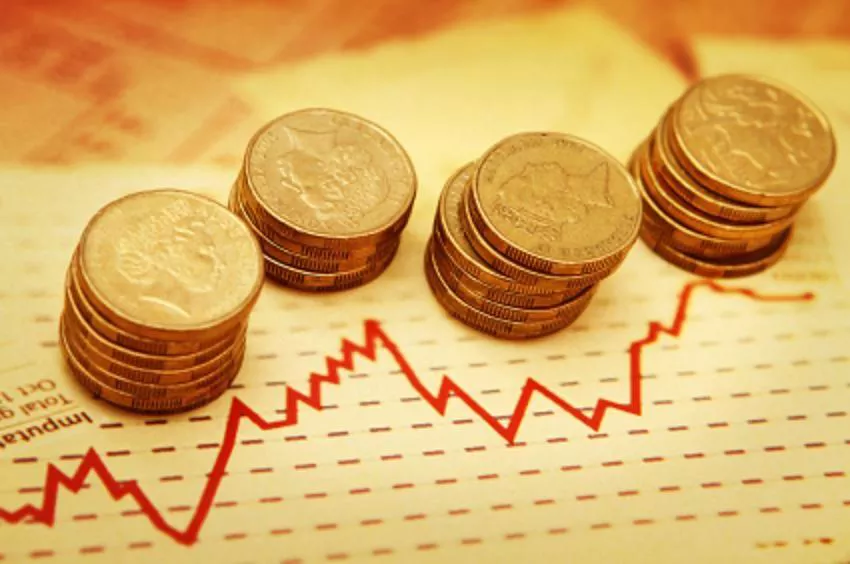The Australian dollar (AUD) has long been one of the most widely traded currencies globally, often regarded as a barometer of the Asia-Pacific region’s economic health. As we approach 2025, investors, economists, and currency traders are keenly watching the AUD’s performance to assess whether it will appreciate in the coming months. Understanding what factors are likely to influence the AUD is crucial for anyone involved in international finance, global trade, or the Forex Market.
This comprehensive article explores the macroeconomic, geopolitical, and environmental dynamics that may strengthen the AUD in 2025. We examine commodity exports, interest rate differentials, central bank policies, trade relations, investor sentiment, and regional stability. We also assess how the AUD’s appreciation affects different economic sectors in Australia, including trade, tourism, and foreign investment.
By diving deep into each relevant factor, we provide a strategic outlook for the currency’s future. Our goal is to offer readers a holistic understanding that combines economic theory with practical market realities. Whether you’re a policymaker, a business owner, or a retail investor engaged in Forex Trading, this analysis offers valuable insights into what might drive the AUD upward in 2025.
What Factors Will Cause the Australian Dollar to Rise in 2025?
1. Commodity Price Strength
Australia is a global powerhouse in the export of commodities such as iron ore, coal, and liquefied natural gas (LNG). A resurgence or continued strength in commodity prices can lead to a trade surplus, boosting demand for the AUD. High commodity prices mean higher export earnings, which typically increase the inflow of foreign currency, putting upward pressure on the Australian dollar.
2. Interest Rate Differentials
Central banks play a crucial role in determining the value of their national currencies. The Reserve Bank of Australia (RBA) may hike interest rates to curb inflation or to normalize monetary policy. If interest rates in Australia rise more than in other advanced economies like the United States or Europe, the AUD becomes more attractive to investors seeking higher returns, thereby lifting its value.
3. China’s Economic Recovery
China is Australia’s largest trading partner. A robust economic recovery in China could drive demand for Australian exports, including raw materials. This trade synergy boosts the Australian economy and strengthens the AUD. The nature of China-Australia trade relations in 2025 will be instrumental in forecasting the AUD’s movement.
4. Positive Trade Balance
A persistent trade surplus means that Australia exports more than it imports, which leads to increased foreign demand for the AUD. A positive trade balance can enhance the country’s current account and reflect economic competitiveness, encouraging confidence in the AUD.
5. Foreign Investment Inflows
Higher foreign direct investment (FDI) into Australia, particularly in mining, technology, and real estate sectors, can drive up demand for the AUD. Investment opportunities tied to green energy initiatives or technological innovation may attract institutional investors, providing long-term support for the currency.
6. Improved Business and Consumer Confidence
Rising domestic confidence often correlates with stronger currency valuations. If Australian households and businesses show optimism through spending and investment, it reflects a stable internal economy, thereby increasing the AUD’s appeal.
7. Stable Political Environment
Australia’s transparent governance and stable political system are key assets. In times of global uncertainty, the AUD is sometimes viewed as a safer bet compared to riskier emerging market currencies. As global investors seek stability, the AUD could benefit.
8. Digital Economy and Tech Expansion
As Australia diversifies into tech and fintech sectors, these new revenue streams could supplement traditional industries. The digital transformation of financial services can also encourage capital inflows and innovation, strengthening the long-term economic outlook and the currency’s strength.
9. Environmental Policy and Green Transition
Australia’s ongoing push toward renewable energy and sustainable practices may attract environmentally conscious capital. This green transition is not only economically beneficial but also positions Australia as a key player in global ESG investing, driving further inflows and supporting the AUD.
10. Global Risk Sentiment and Safe-Haven Alternatives
While the AUD is not a traditional safe-haven currency like the USD or JPY, it often benefits when emerging markets face instability, or when global investors seek diversified exposure. A global risk-on environment could push investors into higher-yielding currencies, including the AUD.
11. Expectations in the Forex Price Cycle
Market expectations about currency trends often become self-fulfilling. If traders and analysts project a rise in the AUD based on macroeconomic forecasts, the AUD may appreciate as investors adjust portfolios in anticipation. Market psychology plays a significant role in Forex Price trends.
12. Strategic Trade Partnerships
New trade agreements or improved relations with Indo-Pacific partners, including India, Japan, and Southeast Asian nations, can enhance export opportunities. Diversifying trade relationships helps reduce economic vulnerability and can contribute to AUD strength.
13. Resilience to Global Shocks
Australia’s geographic isolation, robust healthcare infrastructure, and agile economic policies have allowed it to recover quickly from global crises. This resilience builds investor confidence in the currency, especially in post-pandemic recovery environments.
14. Technology in Currency Trading
Algorithmic trading, AI-driven forecasting, and enhanced digital liquidity platforms have made the Forex Trading environment more sophisticated. The AUD benefits from these innovations as Australia’s markets become more integrated and data-driven, attracting global traders.
15. Central Bank Communication Strategy
The RBA’s clarity and transparency in its forward guidance can reduce uncertainty and promote a favorable outlook on the AUD. Markets respond positively to well-articulated monetary policy pathways, especially if inflation targeting and employment stability are effectively managed.
16. Decline of U.S. Dollar Dominance
Any relative weakening of the U.S. dollar—due to fiscal concerns, political instability, or slower economic growth—can automatically result in AUD appreciation through the mechanism of currency pairs. If the USD weakens, AUD/USD rises.
17. Currency Diversification Trends
Global central banks and sovereign wealth funds may diversify reserves away from the USD and EUR into smaller, yet stable currencies like the AUD. This long-term structural shift supports sustained strength for the Australian dollar.
Conclusion
The appreciation of the Australian dollar in 2025 will likely be influenced by a complex interplay of domestic economic conditions, global trade dynamics, commodity cycles, and monetary policy decisions. The AUD’s resilience and future growth will depend on how effectively Australia navigates global uncertainties, leverages its natural resources, and adapts to technological change.
While no single factor guarantees a rise in the AUD, the convergence of positive trends across interest rate differentials, foreign investment, environmental innovation, and a robust trade surplus makes a compelling case for a stronger currency outlook. For stakeholders in the Forex, monitoring these evolving factors will be essential to understanding and profiting from currency movements in 2025.
Related topics:































